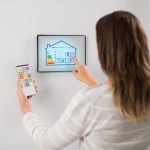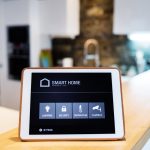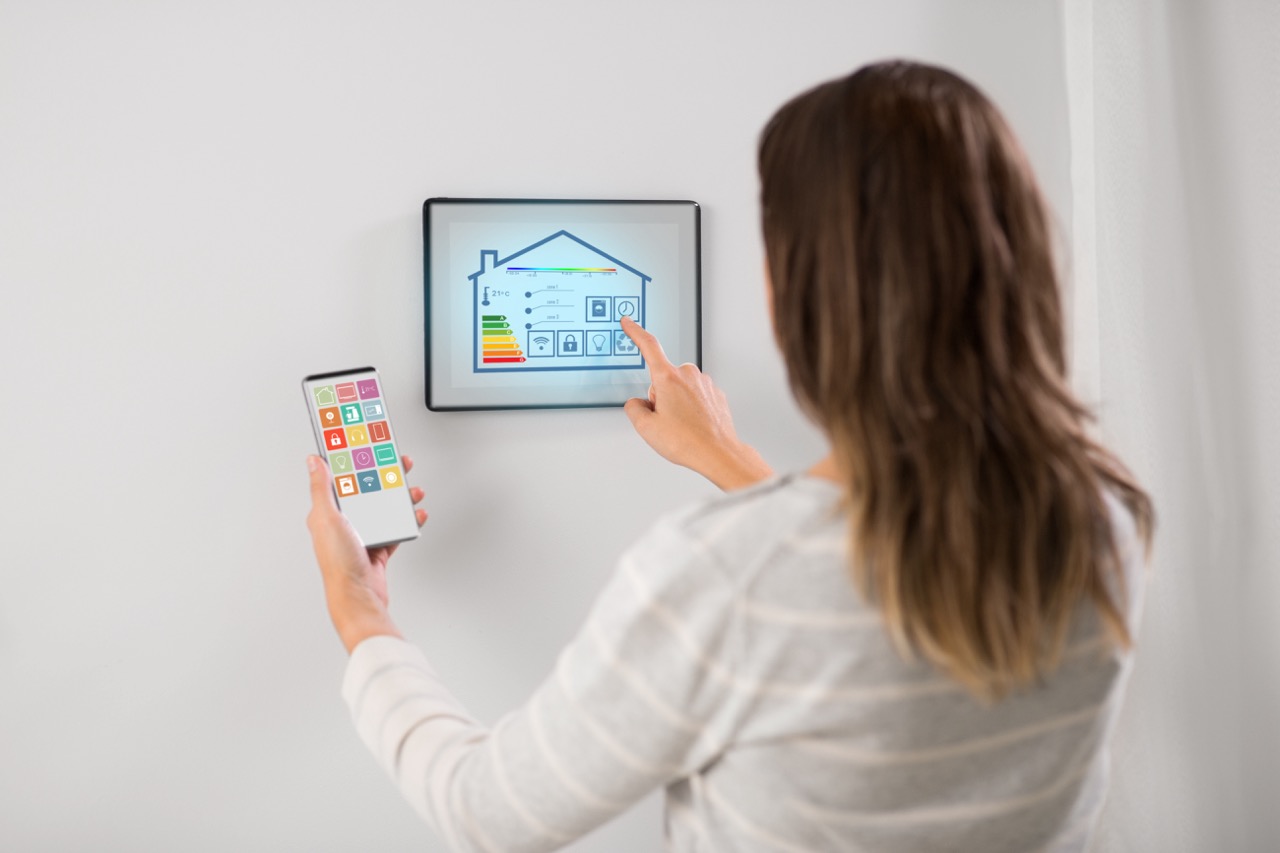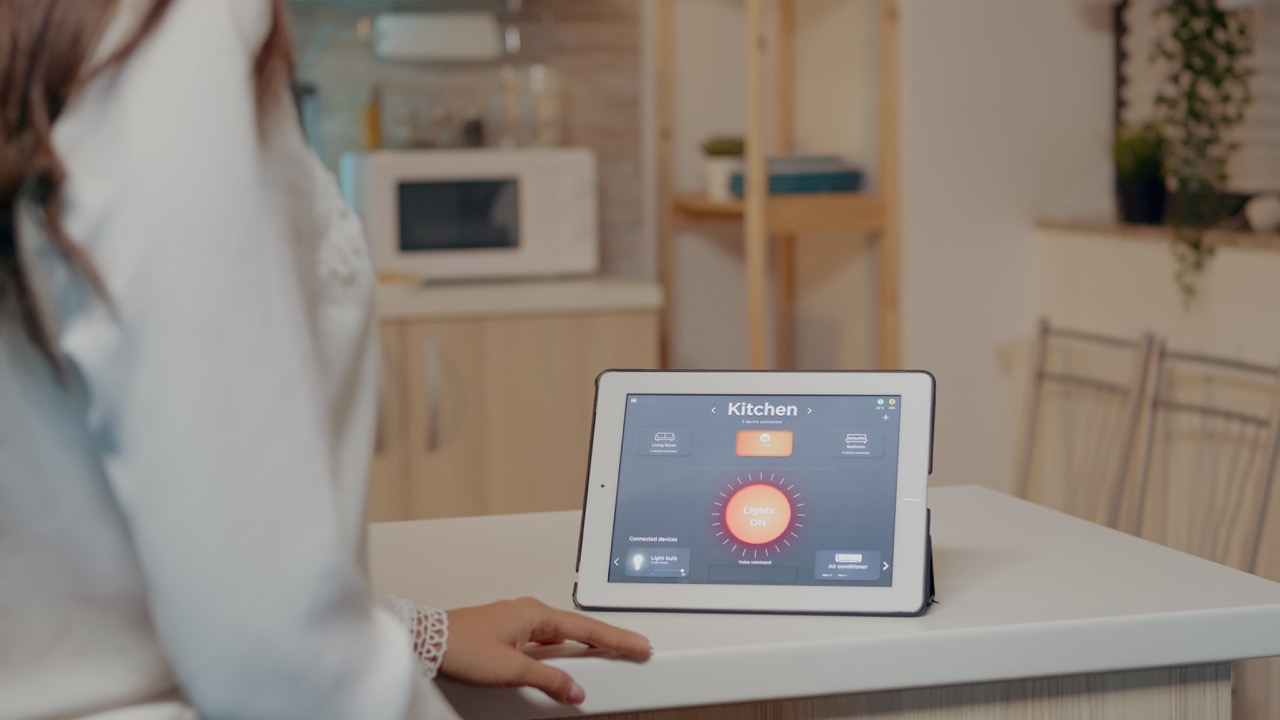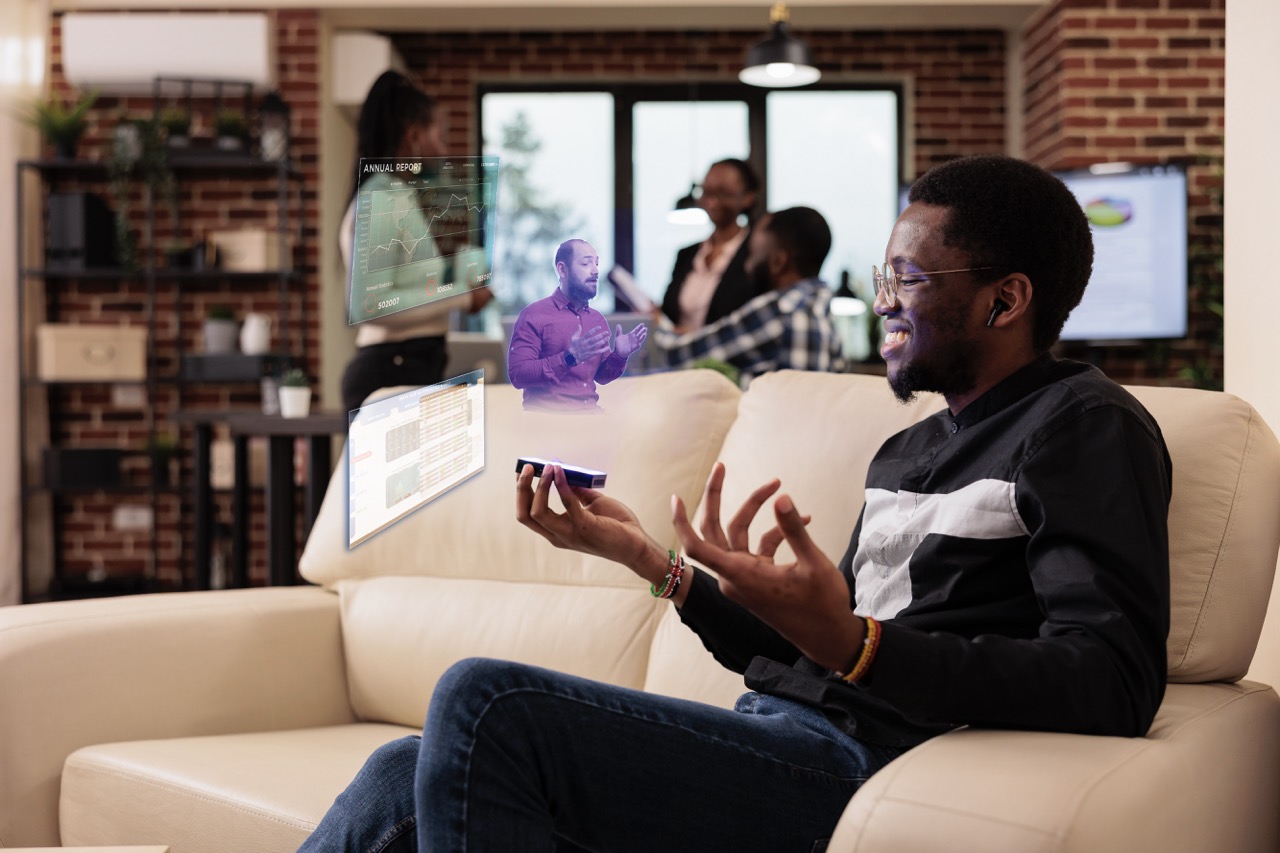The era of smart home automation has radically transformed the way we interact with our living spaces, making them more efficient, convenient, and secure. This innovative technology allows homeowners to control everything from lighting and heating to security systems and appliances with the touch of a button or voice command. Behind this remarkable advancement lies a history rich with pioneering thinkers, inventors, and technological milestones that have paved the way for the modern smart home. This article delves into the key figures, milestones, and impacts of early smart home systems, providing insight into how they have shaped our current living environments.
The Pioneers Behind Smart Home Automation Technology
In the realm of smart home technology, few names stand out as significantly as those of John Romkey and his groundbreaking invention, the first internet-connected toaster. Developed in the early 1980s, this simple yet innovative device demonstrated the potential of networked home appliances and is often recognized as one of the early concepts of smart home technology. Romkey’s work sparked interest in the possibilities of automated systems, laying the groundwork for future developments in home automation.
Another crucial figure in the evolution of smart home systems is the inventor and entrepreneur, Bill Gates. In the late 1990s, Gates introduced the concept of the "Microsoft Smart Home" within his book “The Road Ahead.” He envisioned a future where technology would streamline everyday tasks, enhance security, and improve energy efficiency within the home. Gates’s vision and subsequent investments in smart home technologies significantly influenced public perception and acceptance of automated living spaces.
Moreover, the rise of the Internet of Things (IoT) played a crucial role in the development of smart home automation. The concept of interconnected devices that communicate seamlessly with one another gained traction in the late 1990s and early 2000s, thanks in part to the work of innovators like Kevin Ashton. Ashton coined the term "Internet of Things" to describe this phenomenon, which encouraged a new wave of technological advancements, ultimately leading to the sophisticated smart home systems we see today.
Key Milestones in the Evolution of Smart Homes
The 1990s marked a significant turning point in smart home technology with the introduction of the X10 protocol, which enabled communication between various household devices over electrical wiring. This technology allowed homeowners to control lights, appliances, and even heating systems remotely. While primitive by today’s standards, X10 set the foundation for future developments in home automation, demonstrating the potential of digital communication in everyday household management.
The emergence of wireless technologies in the early 2000s further revolutionized the smart home landscape. With the introduction of Wi-Fi and Bluetooth, devices could communicate without the need for hardwired connections. This shift catalyzed the development of smarter, more versatile home automation systems. Companies began to release products that could be controlled via smartphones, making technology more accessible and appealing to consumers, and allowing for unprecedented levels of convenience and control.
By the late 2010s, the market saw the launch of popular smart home ecosystems such as Google Home, Amazon Echo, and Apple HomeKit. These platforms not only centralized control of various devices but also encouraged third-party developers to create compatible products, fueling a rapidly expanding smart home market. Each of these milestones contributed to a more cohesive ecosystem, significantly enhancing user experience and driving widespread adoption of smart home technologies.
Notable Innovators and Their Groundbreaking Contributions
Among the innovators who have made indelible marks on the smart home landscape, Tony Fadell stands out as the creator of the Nest Learning Thermostat. Launched in 2011, the Nest device revolutionized home heating and cooling by introducing intelligent learning algorithms that could adapt to homeowners’ habits over time. This not only contributed to energy savings but also set a standard for user-friendly design and functionality in smart home devices.
The development of smart speakers has also played a pivotal role in the evolution of smart home automation systems. Pioneered by companies like Amazon with the Echo and Google with their Home devices, these speakers have effectively become the central hub for many households. Equipped with voice-activated virtual assistants—such as Amazon’s Alexa and Google Assistant—smart speakers allow users to control an ever-growing array of connected devices simply by using voice commands, making home automation more accessible than ever.
Furthermore, the contributions of startups and smaller companies cannot be overlooked. Companies such as Ring, which developed the smart doorbell, have changed how people perceive home security. By integrating video technology with remote access capabilities, these innovations have empowered homeowners to monitor their properties from anywhere in the world, illustrating the potential for smart home devices to enhance safety and peace of mind.
The Impact of Early Smart Home Systems on Modern Living
The impact of early smart home automation systems has been profound, shaping modern living in ways that extend beyond mere convenience. These innovations have fostered a culture of efficiency, allowing households to reduce energy consumption while maintaining comfort. Early adopters of technologies like programmable thermostats and automated lighting systems often reported significant cost savings on utility bills, which encouraged wider acceptance and demands for smarter solutions.
Moreover, the advent of interconnected devices has led to an increase in home security and safety. Early systems that integrated smart cameras and alarms provided homeowners with unprecedented control over their environments. As these technologies matured, they offered features such as real-time alerts and remote monitoring, which have become essential in contemporary home security systems, thus enhancing overall peace of mind for families.
Lastly, the evolution of smart home automation has fundamentally changed the relationship between individuals and their living spaces. By enabling customization and personalization of various aspects of home life—from mood lighting to temperature settings—smart home systems have encouraged homeowners to think of their spaces as adaptable entities that can respond to their needs and preferences. This shift in perception is not only a testament to the ingenuity of early pioneers but also a promising glimpse into the future of home technology.
In summary, the journey toward smart home automation has been marked by the contributions of visionary inventors, key technological milestones, and the impactful evolution of systems that cater to modern living. From the early innovations of John Romkey and Bill Gates to the popularization of connected devices by companies like Nest and Amazon, the landscape of home automation continues to expand and evolve. As we look forward to new developments, it is evident that the foundations laid by these pioneers will continue to shape the way we interact with and experience our homes in the years to come.
